
Knowing how to perform CPR can mean the difference between life and loss in emergencies. CPR (Cardiopulmonary Resuscitation) is a skill that empowers anyone to become a lifesaver, maintaining oxygen flow to vital organs during cardiac arrest. This blog is your step-by-step guide to effective CPR.
Learn to assess situations, ensure safety, and provide essential care until professional help arrives. Whether you're a parent, caregiver, or simply someone who cares, this guide will equip you with the knowledge and confidence to make a life-saving difference. Let's get started on this CPR journey together.
Step 1: Assess the Situation
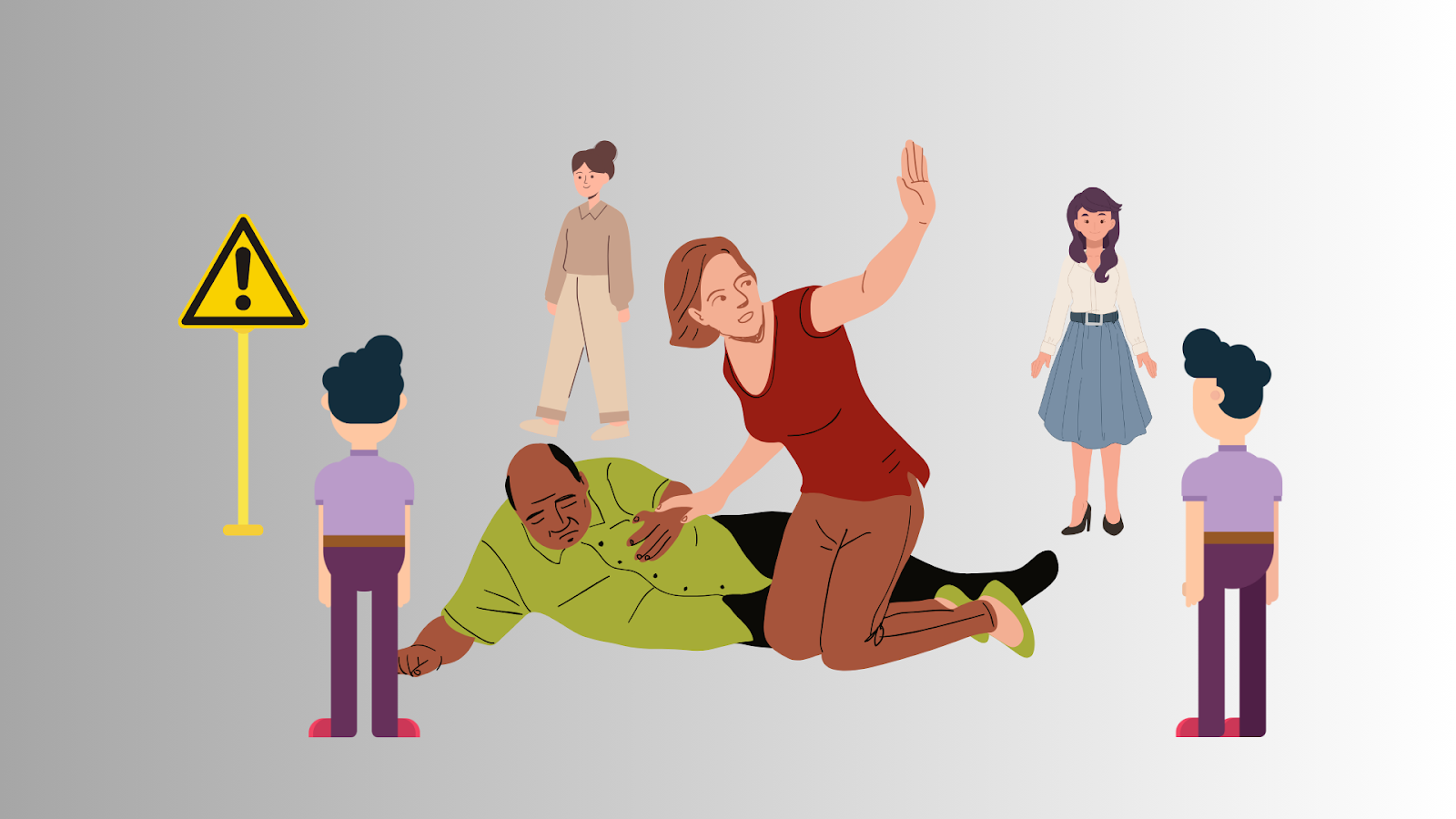
Before diving into CPR, take a moment to assess the situation. It's your crucial first step in being an effective responder. Why is this so important?
Why Assess the Situation? Imagine rushing in without checking – you might inadvertently put yourself and the victim in danger. Assessing the scene helps you identify potential risks like hazards or bystanders who can assist you.
Key Points:
-
Ensure your safety and the victim's safety.
-
Look for dangers, call for help, and ensure you have the necessary resources.
Remember: In emergencies, a brief pause to assess can lead to a safer and more effective response.
Step 2: Ensure Safety and Check Responsiveness
Before helping the victim, ensure your safety. Look for potential dangers in the surroundings, like traffic or electrical hazards. If it's safe, approach the victim. If not, wait for professional help.
Are They Responsive?
-
Gently tap the victim and shout, "Are you okay?" to check for a response.
-
Look for any signs of movement or a response like moaning or groaning.
-
If they're unresponsive, call for professional help immediately.
Why It Matters
-
Ensuring your safety and responsiveness assessment are vital first steps.
-
They help you make quick decisions and provide necessary assistance.
On the occasion of World Heart Day, Manipal Hospital aims to spread awareness about this condition, and the importance of CPR in saving lives before medical help arrives. Watch the video below to know more:
Step 3: Call for Help
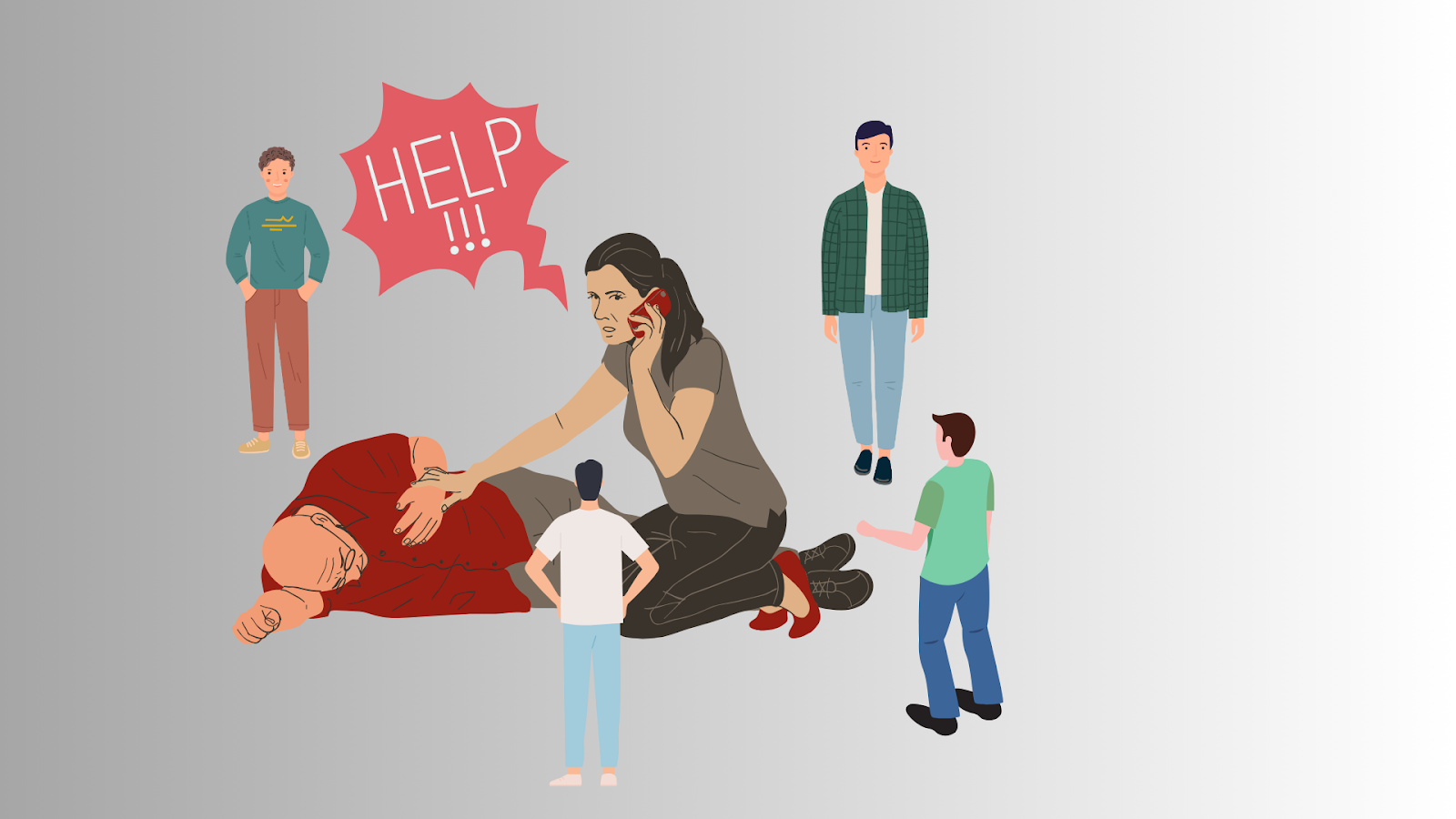
Act Swiftly
-
Time is critical. If the victim is unresponsive, call 108 or other ambulance services immediately like MARS.
-
Professional help can provide advanced life-saving care.
Why It Matters
-
Seconds count during an emergency.
-
Calling for help ensures expert assistance arrives as soon as possible, increasing the chances of survival.
Step 4: Check for Breathing
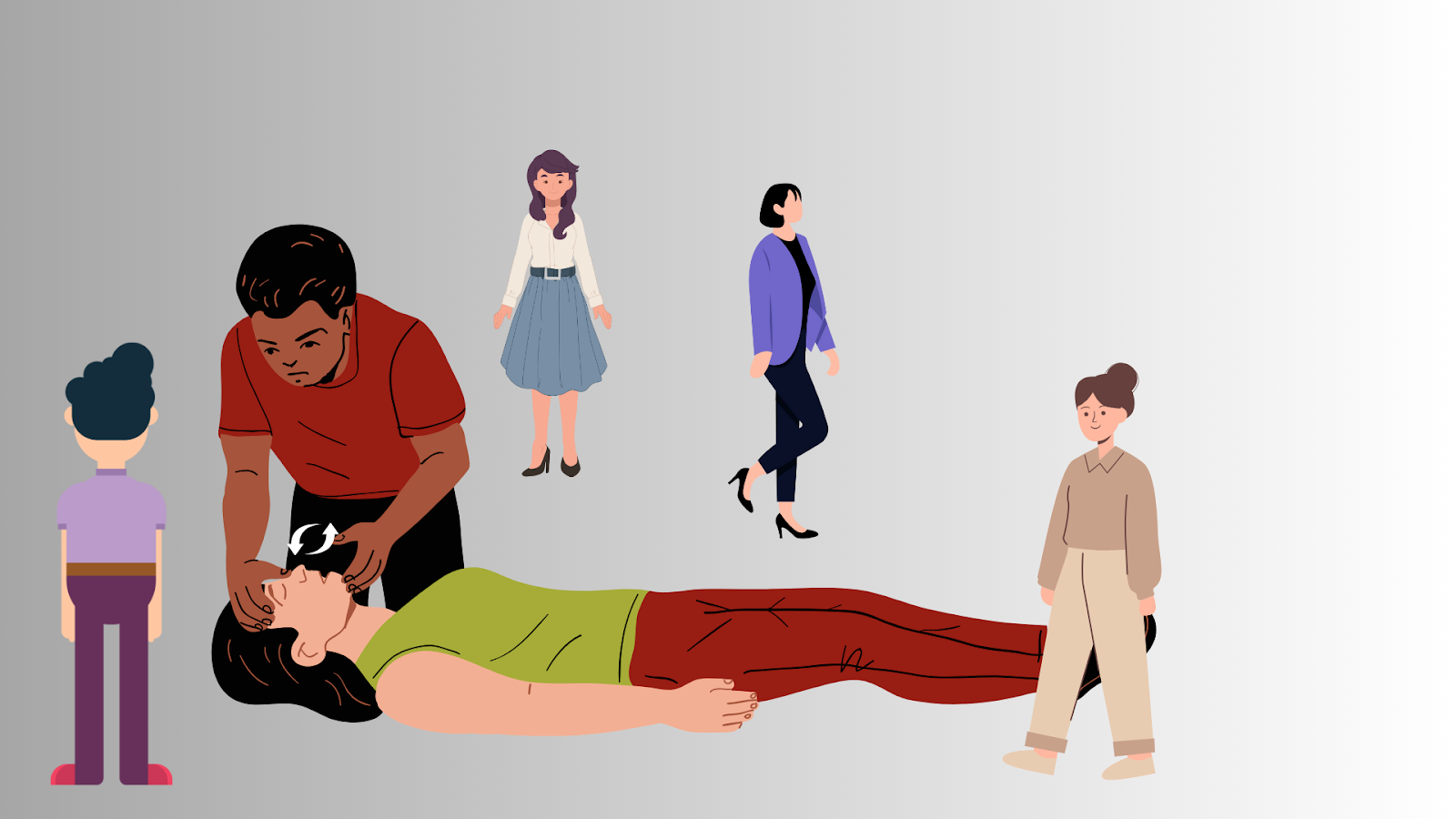
Assessing Breathing
-
Place your ear near the victim's mouth and nose to listen and feel for breath.
-
Watch for the rise and fall of their chest, if possible, for about 5-10 seconds.
What to Look For
-
Normal breathing: A regular, steady breath with chest movement.
-
No breathing: If there's no breathing or it's irregular, prepare to start CPR.
Why It Matters
-
Detecting normal breathing is a positive sign.
-
It helps determine if CPR is needed, ensuring the right response in a critical moment.
Step 5: Begin Chest Compressions
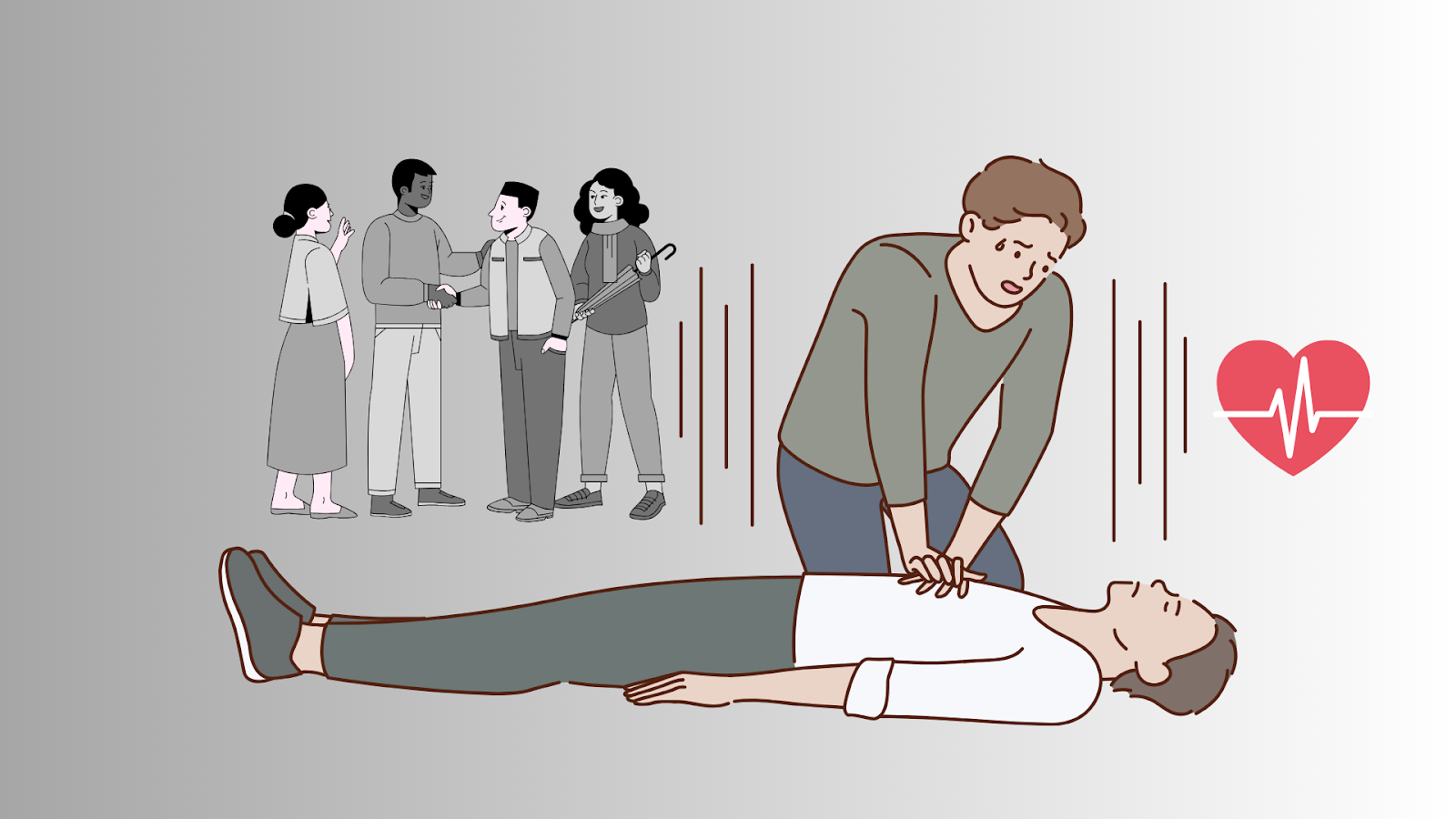
Depth and Rate
-
Push hard and fast. Compress the chest at least 2 inches deep.
-
Aim for a rate of 100-120 compressions per minute, allowing full chest recoil.
Why Technique Matters
-
Proper hand placement, depth, and rate maximise blood circulation.
-
Effective compressions are the backbone of CPR, ensuring oxygen reaches vital organs.
Step 6: Give Rescue Breaths (If Trained)
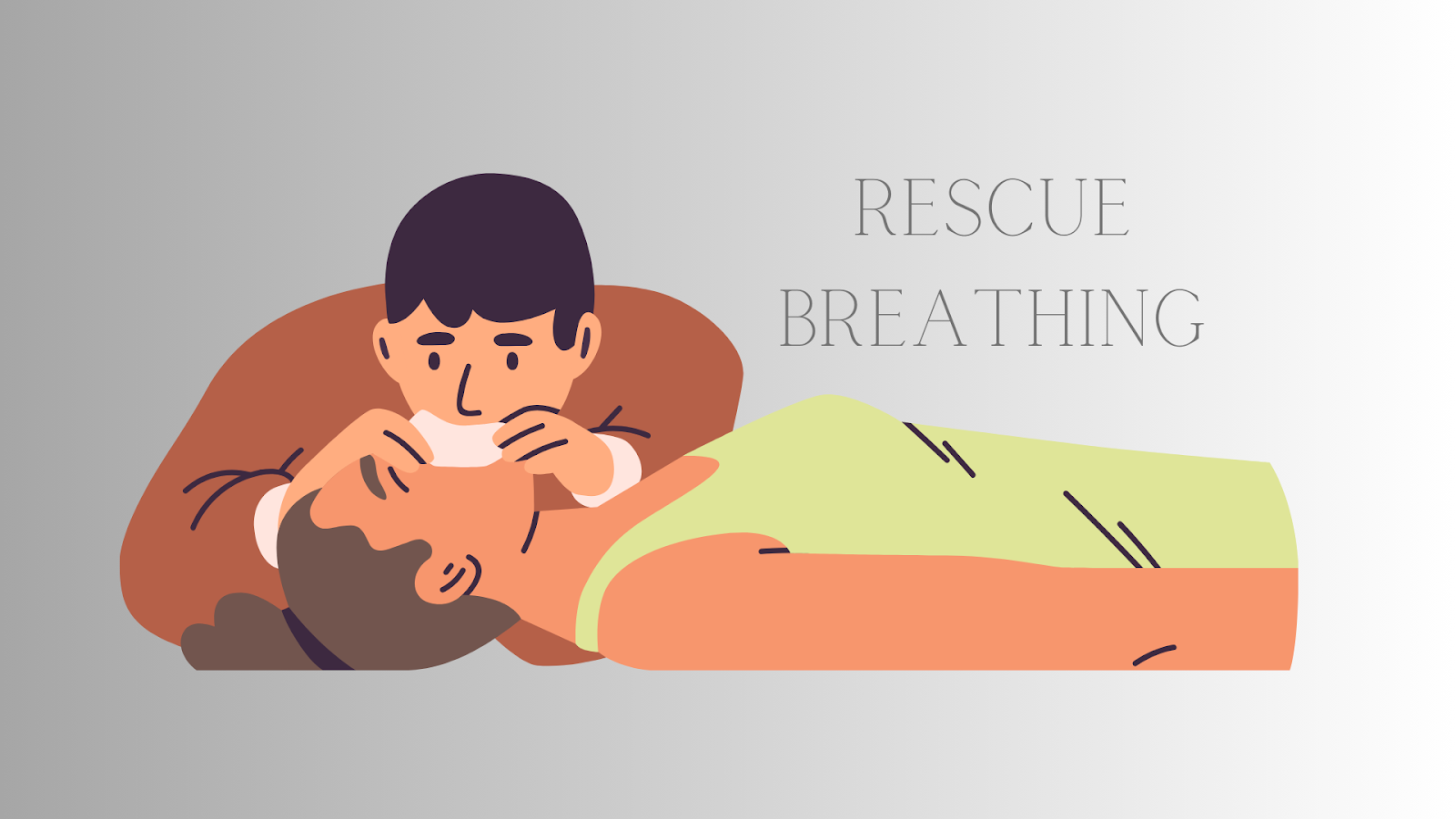
For Trained Rescuers
-
Add this vital step if you're trained in CPR with rescue breaths.
-
After 30 chest compressions, give two rescue breaths.
Technique
-
Tilt the victim's head back gently to open the airway.
-
Pinch the victim's nose shut and cover their mouth with yours.
-
Give a breath that lasts about 1 second and visibly raises their chest.
-
Repeat once, then continue with chest compressions.
Why It Matters
-
Rescue breaths help provide oxygen to the victim's body.
-
If trained, this step can be a valuable addition to chest compressions, increasing the chances of survival.
Step 7: Continue CPR Until Help Arrives
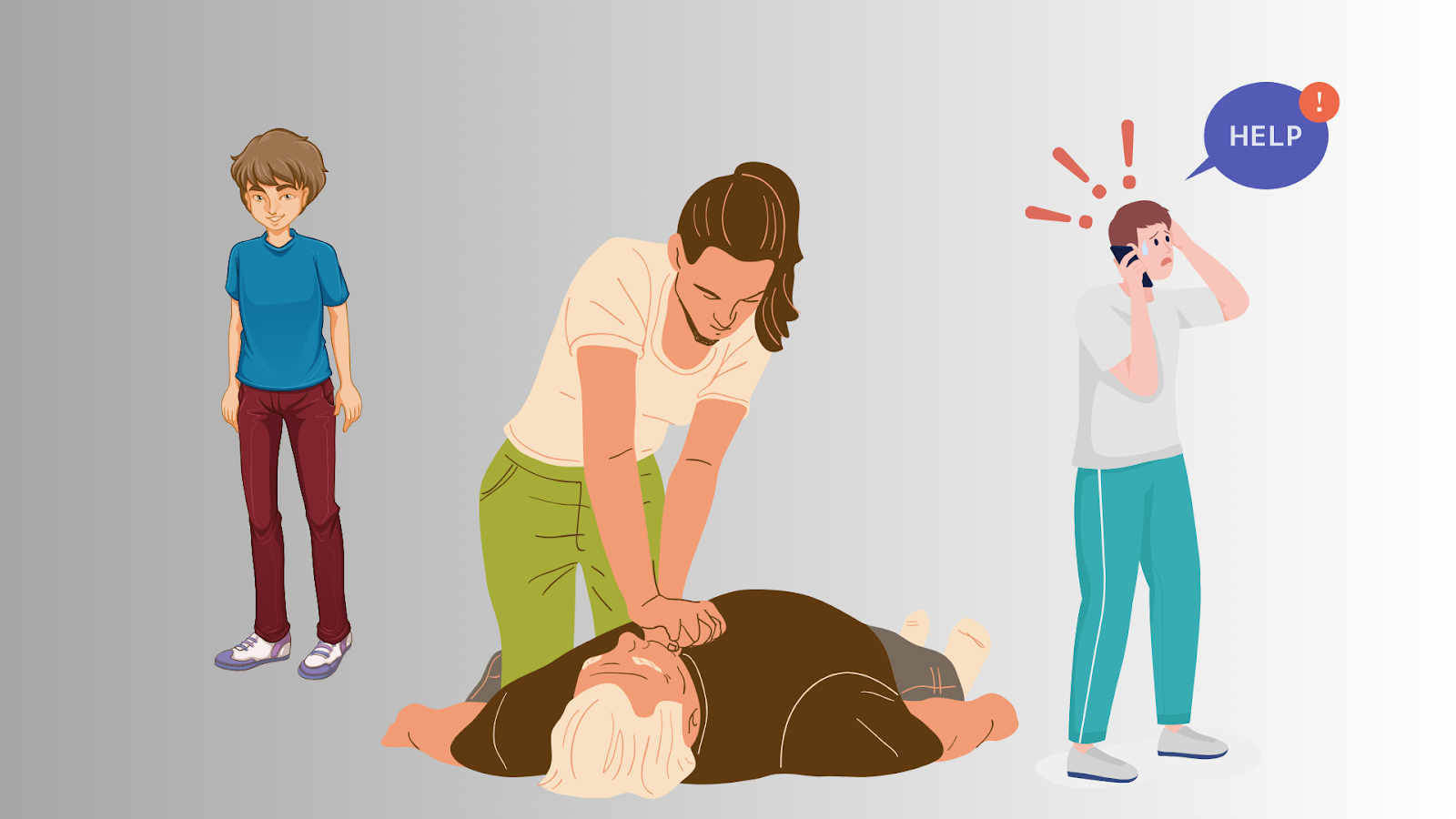
Never Give Up
-
Don't stop CPR until professional help arrives or the victim shows signs of life. Call for the 24 hours Emergency Ambulance Services Bangalore to get the quickest help in these situations.
-
Continuous CPR sustains blood flow and oxygen until advanced care takes over.
Why It Matters
-
Consistent chest compressions are crucial.
-
Your determination could be the lifeline needed until expert assistance arrives. Persistence saves lives.
In the face of an emergency, you hold the power to make a life-saving difference. This step-by-step guide has equipped you with the knowledge and confidence to perform CPR effectively. Remember, swift action and a clear mind can be the lifeline that someone desperately needs.
Consider taking a CPR certification course to further hone your skills. Your commitment to preparedness can turn you into a hero when every second counts.
You've taken an important step towards becoming a lifesaver. Keep this knowledge close, and may you never need it, but if you do, you're ready to make a difference.



















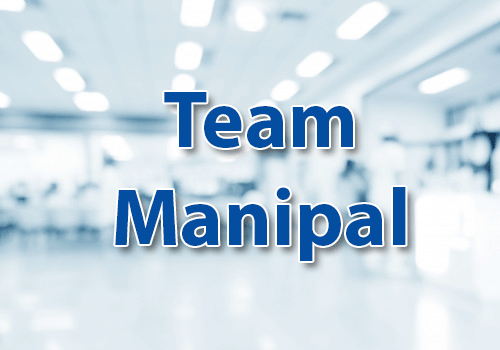
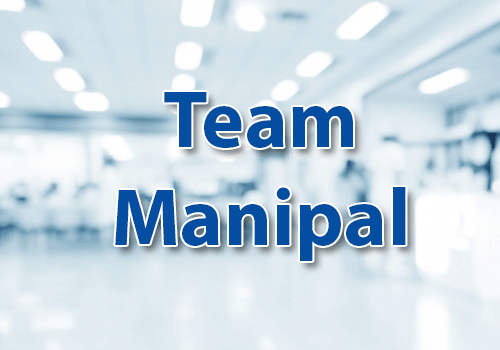
 4 Min Read
4 Min Read













